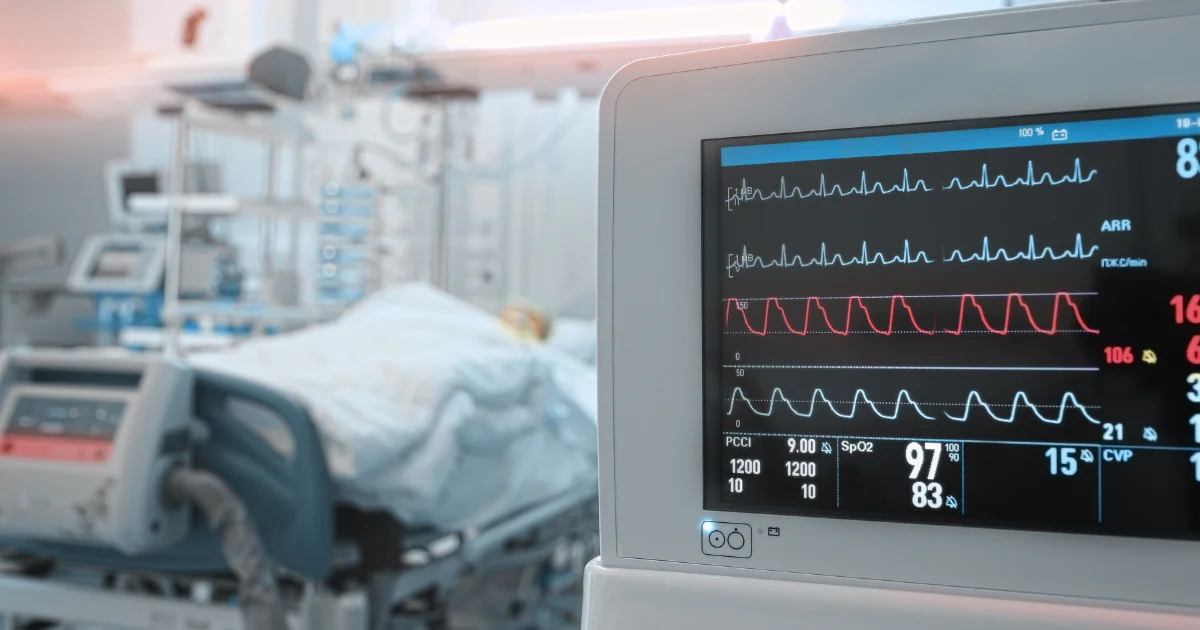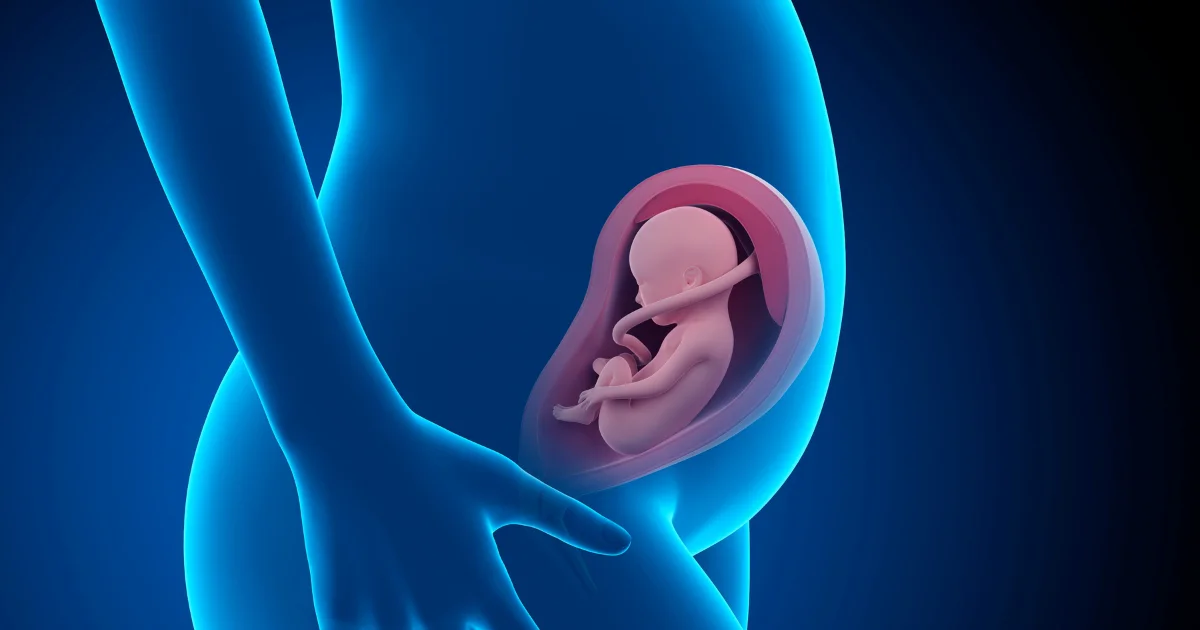Essential Medical Devices for Small Clinics
Starting a small clinic or medical practice requires careful planning, especially when it comes to investing in essential medical devices. The right equipment ensures efficient patient care, accurate diagnostics, and streamlined operations. Whether you're setting up a general practice, dental clinic, diagnostic center, or specialty clinic, choosing the right medical devices is critical for both patient outcomes and operational success. This guide provides an in-depth look at the must-have medical devices for small clinics and healthcare startups, covering diagnostic tools, patient monitoring systems, imaging equipment, and more. Why Choosing the Right Medical Devices is CrucialBasic Diagnostic EquipmentEssential Patient Monitoring DevicesLaboratory and Diagnostic
Sustainable Medical Device Manufacturing: Challenges and Solutions
Nowadays, sustainability is more than just a trend—it is a necessity. As the demand for medical devices continues to grow, so does the environmental impact of their production, usage, and disposal. The medical device manufacturing industry faces unique sustainability challenges, including resource consumption, waste management, and regulatory compliance. However, with these challenges come opportunities for innovative solutions that benefit not only the environment but also operational efficiency and cost-effectiveness. This article explores the challenges of implementing sustainable medical device manufacturing and highlights innovative solutions that can drive the industry toward a more environmentally responsible future. Understanding Sustainability in Medical Device ManufacturingKey Environmental
Medical Device Maintenance: Best Practices for Longevity
A well-maintained medical device ensures accurate performance, patient safety, regulatory compliance, and cost efficiency. Without proper upkeep, equipment failures can lead to misdiagnoses, treatment delays, and even life-threatening situations. This guide provides essential best practices for maintaining medical devices, extending their lifespan, and reducing downtime. What is Medical Device Maintenance?Why Medical Device Maintenance is CriticalTypes of Medical Device MaintenanceBest Practices for Effective Medical Device MaintenanceCommon Medical Device Maintenance ChallengesFrequently Asked Questions (FAQs)ConclusionResources What is Medical Device Maintenance? Medical device maintenance refers to all activities performed to keep medical equipment in optimal working condition. This includes inspections, servicing, calibration, repairs, and compliance checks to
Top 12 Features to Look for Selecting a High-Quality Patient Monitor
Patient monitors are essential tools in healthcare, offering real-time insights into a patient's vital signs and overall condition. Choosing the right patient monitor is critical for ensuring accurate diagnosis and effective treatment, whether used in intensive care units, emergency rooms, or outpatient settings. This guide outlines the key features to consider when selecting a high-quality patient monitor. Why Choosing the Right Patient Monitor MattersCore Functions of a Patient Monitor12 Key Features to Selecting a High-Quality Patient MonitorFAQs About Patient MonitorsConclusionResources Why Choosing the Right Patient Monitor Matters Improved Patient Outcomes: Accurate monitoring of vital signs helps detect abnormalities early and supports timely interventions. Efficiency
In Vitro Diagnostics: Revolutionizing Disease Detection
Did you know that over 70% of clinical decisions in hospitals depend on laboratory test results? From diagnosing infections to managing chronic diseases, lab-based diagnostics are the backbone of modern medicine — and at the heart of these processes lies in vitro diagnostics (IVD). Simply put, in vitro diagnostics refer to medical tests performed outside the human body (“in vitro” means “in glass”) to detect diseases, monitor health conditions, or guide treatment decisions. Instead of testing inside the body, as in imaging or physical exams, IVD involves analyzing samples like blood, urine, or tissue using specialized equipment and reagents. You encounter IVD
Cost-Effective Solutions in Medical Equipment Without Compromising Quality
Medical facilities today face mounting pressure to deliver top-notch patient care while managing tight budgets. Balancing affordability with quality in medical equipment is essential to ensuring efficiency, diagnostic accuracy, and patient satisfaction. The challenge lies in finding cost-effective solutions in medical equipment without sacrificing reliability, safety, or performance. This guide explores strategies and options for acquiring and maintaining high-quality medical equipment without overextending your budget. Understanding the Cost-Quality DilemmaStrategies for Cost-Effective Solutions in Medical EquipmentCost-Effective Alternatives for Essential Medical EquipmentBenefits of Cost-Effective SolutionsConclusionResources Understanding the Cost-Quality Dilemma Healthcare providers often grapple with the following challenges when trying to balance costs and quality: High Initial Investments:
Methods of Fetal Growth Assessment: Top 5 Practices
Fetal growth assessment is a crucial aspect of prenatal care, ensuring that a baby is developing normally inside the womb. Monitoring fetal growth helps identify potential complications early, allowing healthcare providers to intervene if necessary. There are several methods used to assess fetal growth, each providing valuable information about the baby's development. In this blog post, we will explore the various methods of fetal growth assessment, their importance, and what expectant parents can expect during these evaluations. Why is Fetal Growth Assessment Important?5 Methods of Fetal Growth AssessmentCombining Methods for Comprehensive AssessmentWhen to Be ConcernedConclusion Why is Fetal Growth Assessment Important? Before diving
Using Fetal Heart Monitors At Home: A Comprehensive Guide
Imagine the excitement of expectant parents eagerly anticipating the arrival of their little one. In the midst of this joyous journey, the heartbeat of their unborn baby becomes a source of immense fascination and comfort. Fetal heart monitors at home (FHM) offer parents the opportunity to listen to their baby's heartbeat from the comfort of their own home. However, understanding how to use these devices responsibly and in conjunction with proper prenatal care is crucial. Let's delve into the world of fetal heart monitors at home and explore everything you need to know to use them safely and effectively. Table of
Internal Fetal Heart Monitor: An Essential Handbook
Picture a labor and delivery room, where a dedicated healthcare team is focused on ensuring the well-being of both the expectant mother and the unborn child. In this critical setting, accurate fetal heart rate monitoring becomes paramount. Imagine a scenario where the precision of this monitoring can make all the difference. Enter Internal Fetal Heart Monitoring (IFHM), a vital tool in the hands of healthcare professionals during labor. This handbook aims to be your comprehensive guide on IFHM, offering insights and guidance to healthcare professionals navigating the intricacies of fetal well-being assessment in the dynamic environment of labor and delivery. Table
ECG Paper 101: A Comprehensive Guide
Imagine a scenario where someone experiences chest pain and shortness of breath, prompting a visit to the doctor. In this critical moment, a simple yet powerful tool comes into play – the Electrocardiogram (ECG). At the heart of every ECG, quite literally, is the ECG paper. Electrocardiogram (ECG) tests play a crucial role in understanding heart health. One essential component of this process is the ECG paper. This guide aims to demystify the ECG paper, exploring its features, compatibility, and best practices. Please note that this information is not a substitute for professional medical advice. Table of ContentsUnderstanding ECG TechnologyUnveiling ECG











